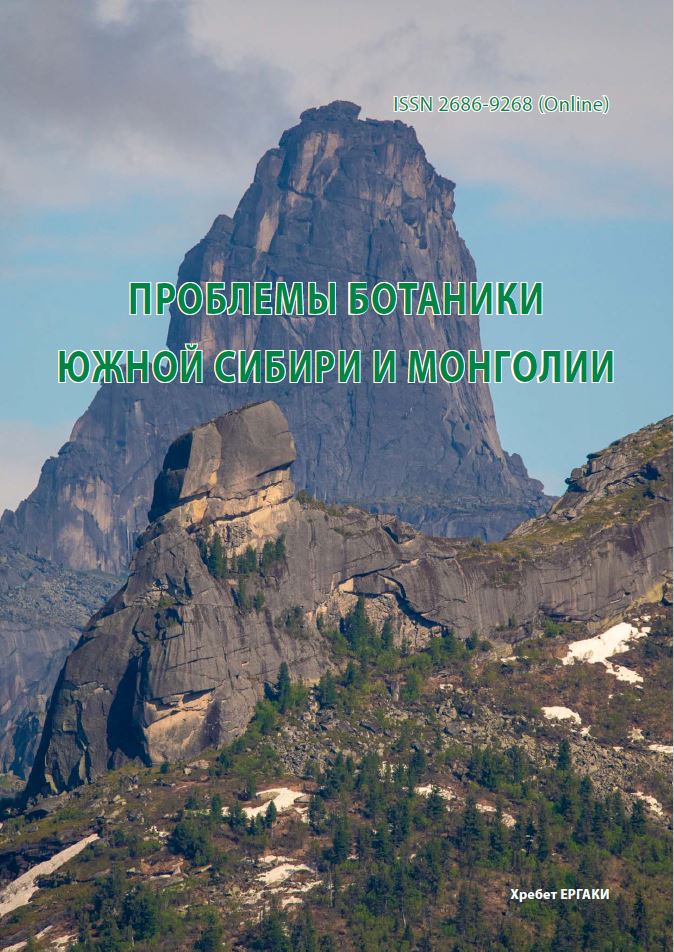Methods of phytocenology in ethnobotanical research
УДК 581.55+502.313:39(571.54)
Abstract
The paper touches upon some practical aspects of determining the type of plant community. The logical course of establishing the syntaxonomic affiliation is described. It is shown that the reliability of the experimental results depends on the quality of the source material. The Center of Oriental Manuscripts and Xylographs of IMBT stores herbarium material collected during a dialectological expedition in 1957 in the Dzhidinsky and Mukhorshibirsky districts of Buryatia. For experimental determination of vegetation, herbarium collections from the Dzhida region, represented by 30 sheets, were used. As a result of the determination, 26 species of higher vascular plants belonging to 26 genera and 13 families were identified. In the course of testing species for syntaxon diagnoses, it was found that most of the species we identified were distributed within the syntaxa of the class Cleistogenetea squarrosae. These are steppe plant communities. Using cartographic material, it is possible to establish a search/study area within administrative boundaries. Further narrowing the search area (the size of the territory), and clarifying the geography of syntaxa according to the localities of the descriptions, makes it possible to exclude or include in the analysis those syntaxa that with a high probability may end up in a given territory.
Downloads
Metrics
References
Зверев А. А. Информационные технологии в исследованиях растительного покрова. - Томск: ТМЛ-Пресс, 2007. - 303 с.
Королюк А. Ю. Синтаксономия степной растительности Республики Бурятия // Растительность России, 2017. - № 31. - С. 3-32.
Черепанов C. К. Сосудистые растения России и сопредельных государств. - СПб.: Мир и семья, 1995. - 992 с.
Weber H. E., Moravec J., Theurillat J.-P. International Code of Phytosociological Nomenclature // J. Veg. Sci., 2000. -Vol. 11. - P. 739-768.



